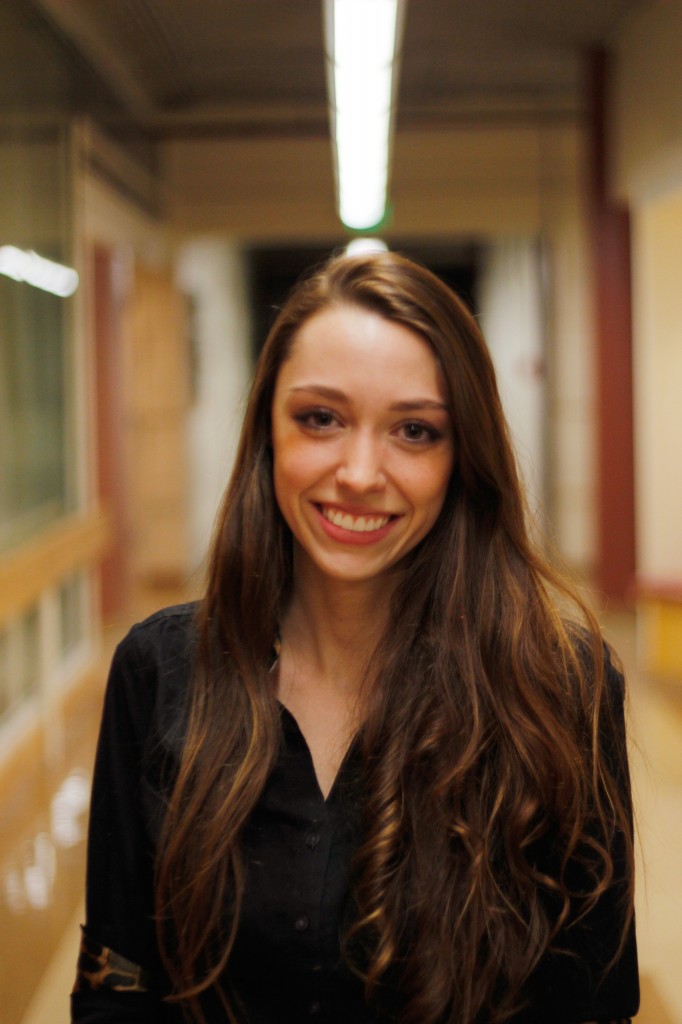
Michelle DiGiacomo developed a passion for auto racing, specifically autocross, as soon as she got her driver’s license. Since then, she has been racing regularly as part of the Sports Car Club of America.
Flipping through a stack of drawings of circuits and motors scribbled with numbers of voltage and currency, she stood in front of a room of 10 engineers to discuss this week’s goal for their project: improving the design for a hybrid car they plan to build completely from scratch.
DiGiacomo, a senior majoring in management, transferred to Binghamton University after obtaining an associate degree at SUNY Broome. She started the Formula Hybrid project at BU through the Society of Automotive Engineers (SAE), an organization that hosts automotive competitions in colleges worldwide.
Formula Hybrid focuses on skill and sustainability rather than just speed. The main event is autocross, a timed competition in which drivers race against the clock as they race through a course full of tight turns and orange cones. It is also the only branch of SAE that uses a hybrid car.
The team’s goal is to make it around the course in the least amount of time possible, constantly trying to beat their previous times.
“There are a lot of things left up to you to design,” DiGiacomo said. “Do we want to have more torque from the beginning, and do we want the batteries to be able to last longer? It makes you factor in a lot of things.”
Thirteen engineers, both mechanical and electrical, along with a handful of students at SUNY Broome, decided to participate. Thirty students total, split up into three teams, are working on the project.
According to DiGiacomo, the teams are frame and body, suspension, and drivetrain. The suspension team determines what breaks and steering equipment to use, the drivetrain team chooses batteries and motor models and the frame and body team handles the design of the exterior of the car.
Students at BU focus on analytics, while the Broome teams physically assemble the car.
“By bringing the two types of education together,” DiGiacomo said. “It really diversifies our team. It kind of benefits everybody.”
Mark Carbonaro, a senior majoring in mechanical engineering and the leader for the frame and body team, said the teams depend heavily on each other.
“After meeting with the steering and suspension team, we know how to design the fuselage in front of the cockpit,” Carbonaro said. “Then we’re working on the rear part of the car, which has the motor.”
The team needs $25,000 to purchase all the parts necessary, and currently they have just $8,500 in grants from the Watson School of Engineering.
To obtain the remaining $16,5000 needed for all necessary resources, DiGiacomo is collecting donations from organizations and car dealerships. She has been in contact with technology firms, local businesses and alumni to try to get as much money and materials as possible.
“With bigger organizations that can afford to give more, it takes longer,” DiGiacomo said. “I’ve had really good results talking with car dealers.”
The team has received tire donations from the Ford Motor Company and marketing help from School of Management students, but with two months already spent planning and five months to go, the race is on to complete the model in time.


